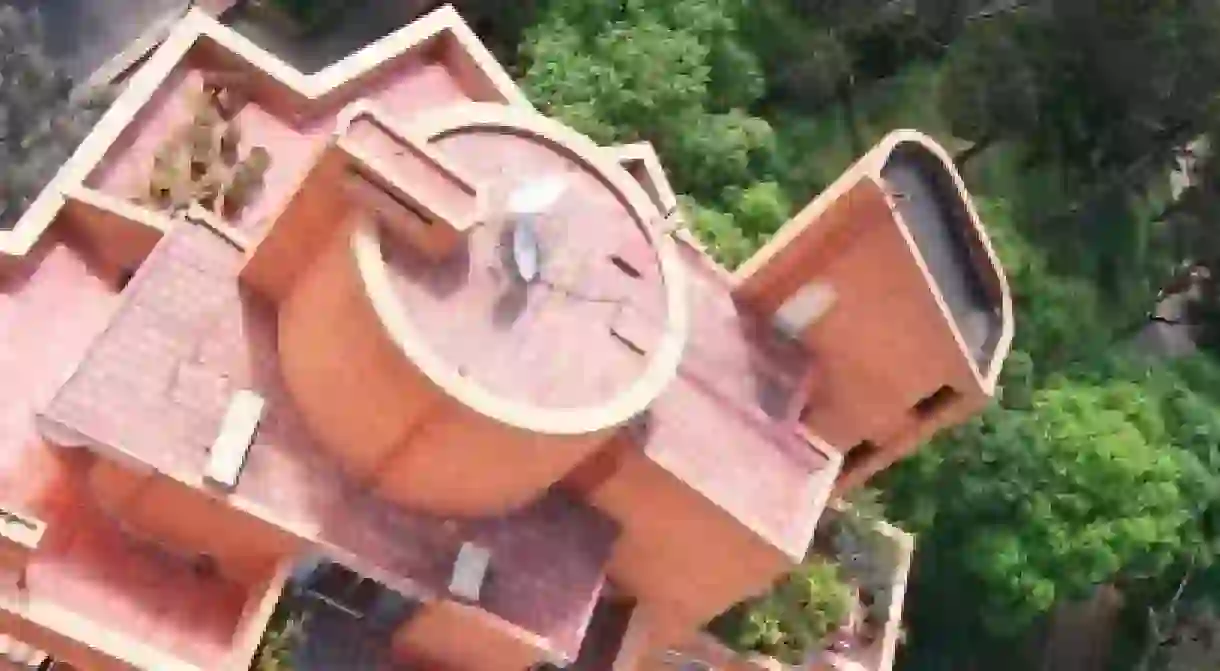‘The Transformer of Cities’: Colombian Architect Rogelio Salmona

Rogelio Salmona, one of the most influential architects in Colombian history, was a leading force in Bogotá’s rebirth following years of war and guerrilla attacks. Through his use of red bricks, harmonious shapes and use of natural landscapes, he revolutionized urban Colombia, earning himself the nickname ‘the transformer of cities.’

Rogelio Salmona was born in 1929 in Paris and died in 2007 in Bogotá, after a long battle with cancer. His parents were Spanish and French, but the family moved to Colombia when Salmona was two, and he always identified as Colombian. In 1948, Salmona left Bogotá because of political violence, returning to France, where he started work with the renowned Modernist architect Le Corbusier, with whom he would remain for ten years, and be profoundly influenced.
Through travels in Southern France, Spain, and North Africa, Salmona became interested in the history of architecture, just as his teachers Le Corbusier and Pierre Francastel had before him. He was inspired by the use of water in the Arab architecture in Spain, as well as pre-Colombian Central American constructions, such as Teotihuacan, Uxmal and Chichen Itza. After his travels, Salmona returned to Colombia in 1958, ready to transform his country.

In 1962, Salmona received his architect degree, aged 33, his work oriented towards discovering and displaying the traditions of his country. His work was adapted to the Colombian landscape – using bricks, for example, because they were typically used in Bogotá. Salmona also used water as a connecting element, with canals, pools and ponds playfully integrated with the surroundings to create a feeling of purity. By differentiating himself with this use of brick and concrete, bringing ‘brutalist’ elements to his Colombian context, this style is now recognized internationally as the national architectural style of Colombia. Notable examples of Salmona’s work include Torres del Parque, the Cultural Centre Cabriel Garcia Marquez and the Museum of Modern Art of Bogotá.
Salmona’s work is strongly connected to Latin American roots and its urban context. His work is widely recognized as the architecture of transition. Indeed, Salmona was the founder of the Foundation Pro-City, an organization dedicated to protecting and developing Bogotá other Colombian cities. One of his last works was the public library Virgilio Barco in 2001. It is situated in a park with bicycle paths and gardens surrounding it. He redesigned areas to try and create a feeling of interaction between the people who lived there in defiance of the violence and turbulence caused by political issues.

In recognition of his importance, Salmona has received many awards, making him one of the most valuable figures in Latin American architecture. He received the national award of Colombian architecture in 1986, the Principe Claus award in 1998, and, in 2003, he became the first Latin American to receive the prestigious Alvar Aalto award.
When Salmona was asked about the quality of his work, he said that the only way to tell was to wait – because “good architecture becomes ruins,” while “bad architecture disappears.” Time will no doubt vindicate Salmona and his contribution to Colombia.













